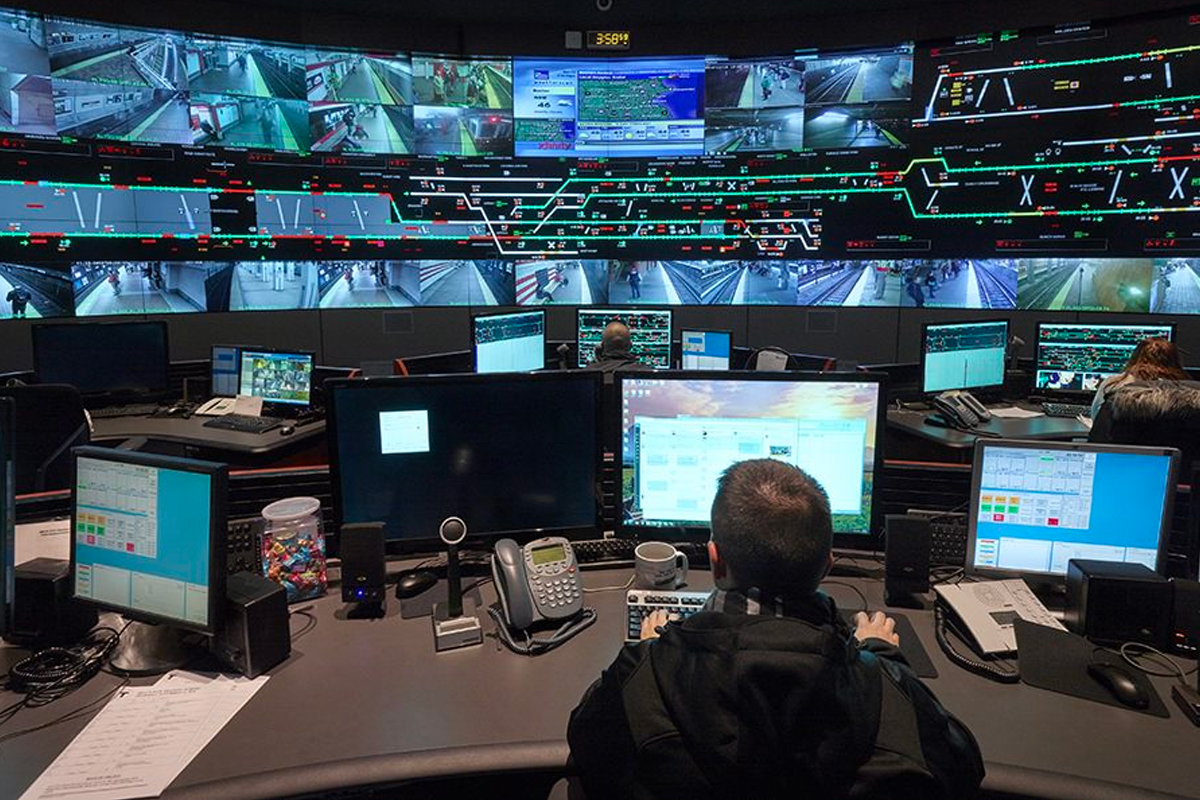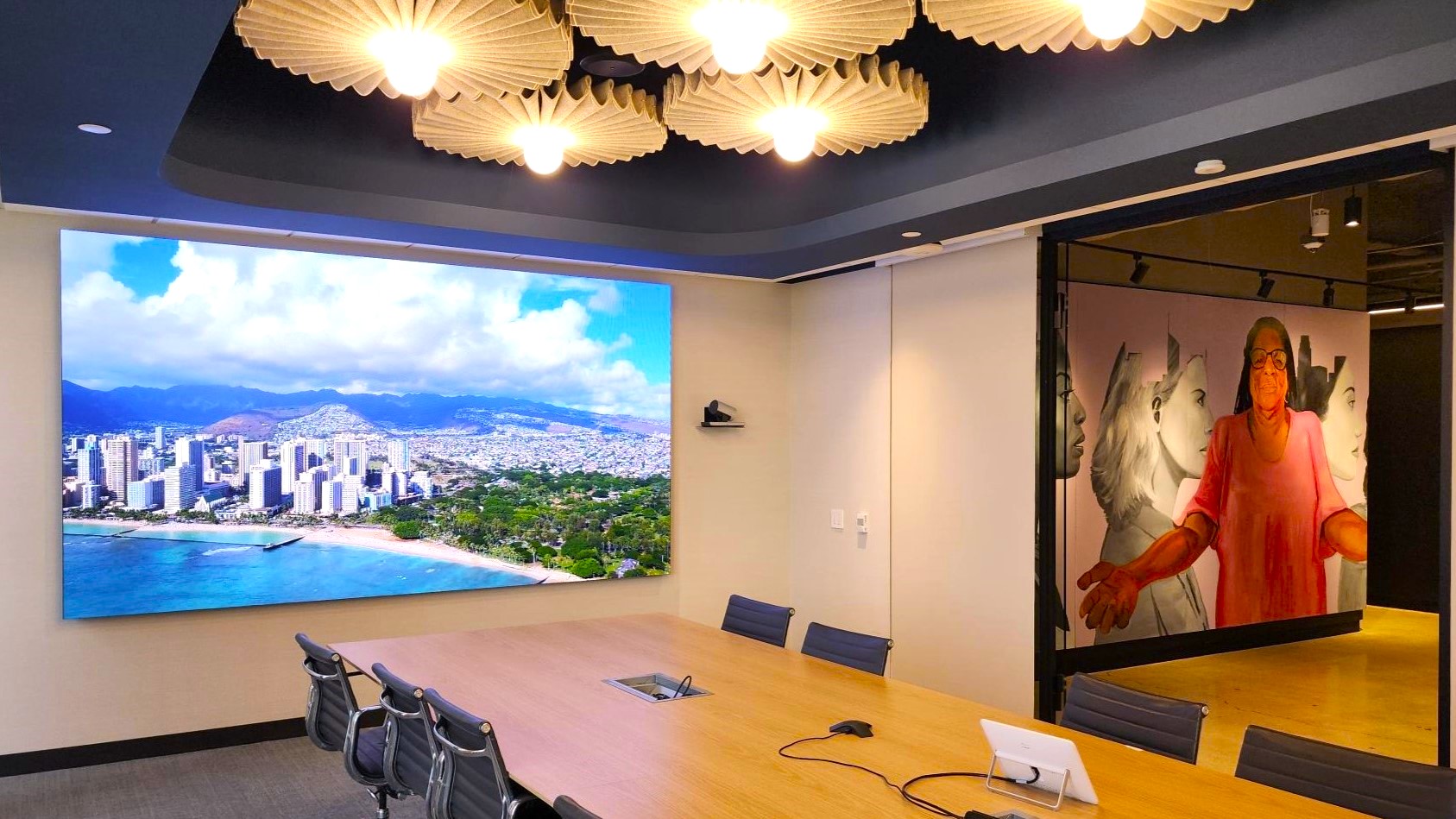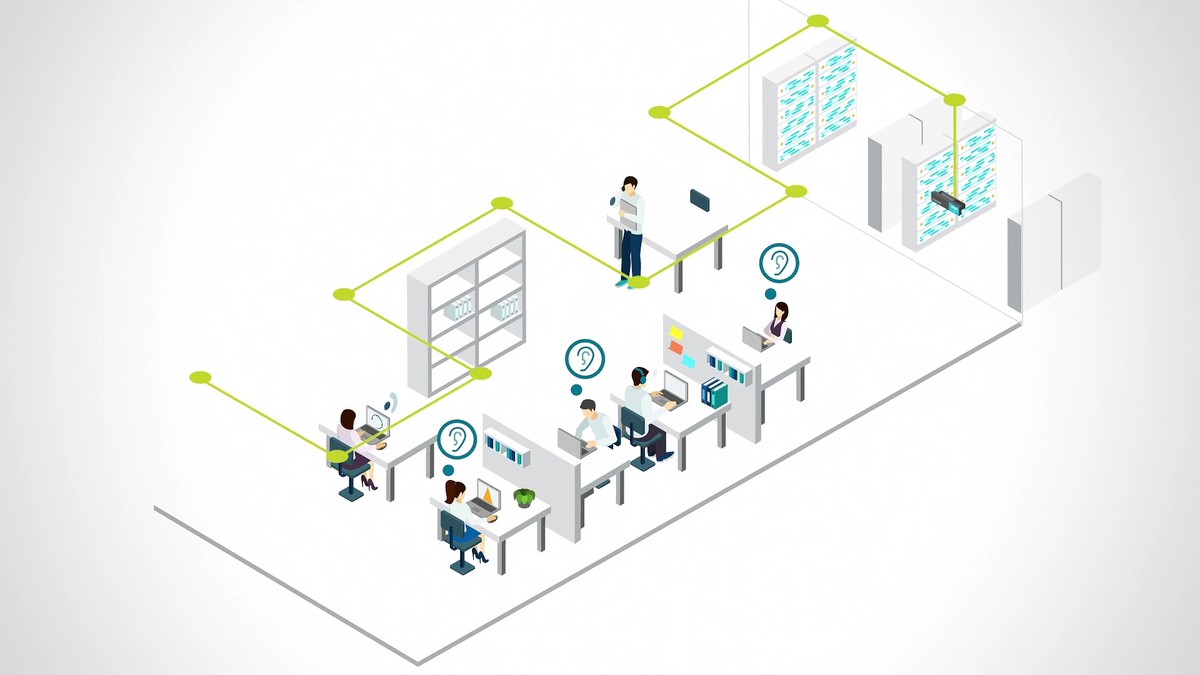
Every organization has a place (or often several) where they hold meetings and other important gatherings. But what many organizations don’t realize is how important the design of this space is to the work that gets done. In particular, the lighting of the room can either facilitate productivity or hinder it. How do you gauge the optimal lighting for your purposes?
Here are 6 important considerations for lighting design in meeting spaces.
There are a number of other important considerations for lighting design in meeting spaces. The right lighting design can increase a room’s productivity and versatility. Think about what you need to do in the space, and research different lighting types that will accommodate those needs.
Talk to Us About Your Project
Too busy to chat right now?
Send us a message.





